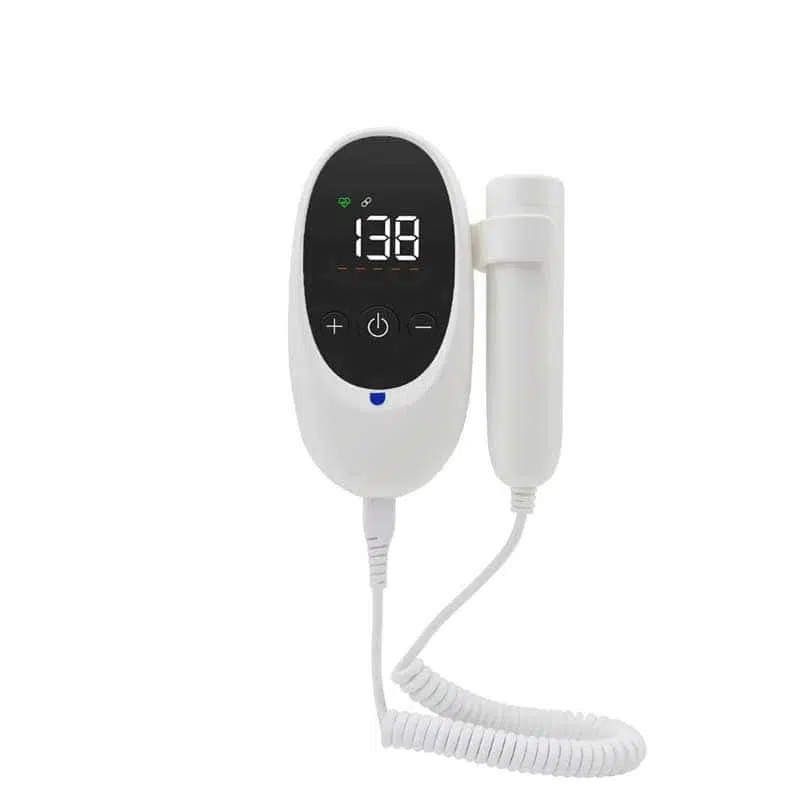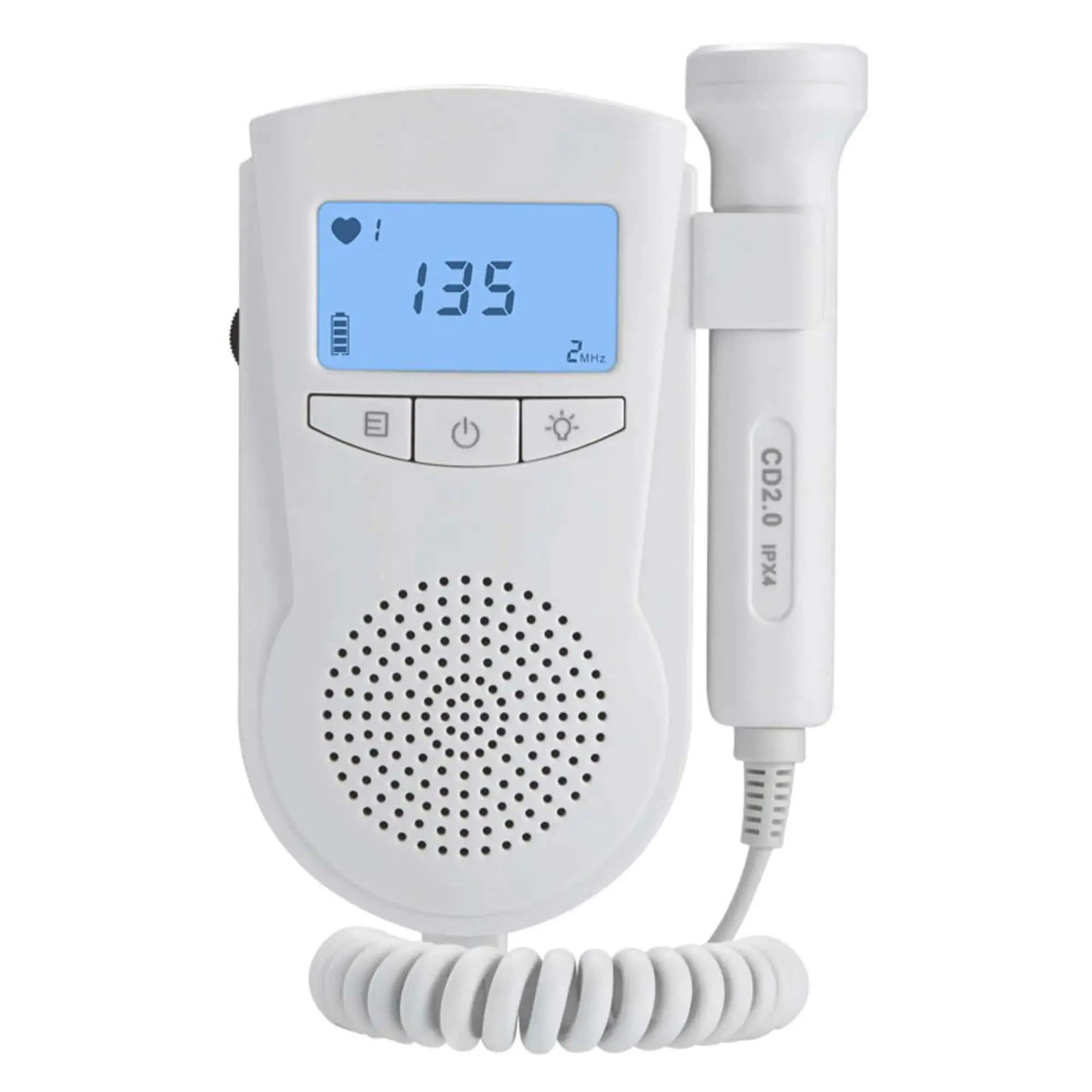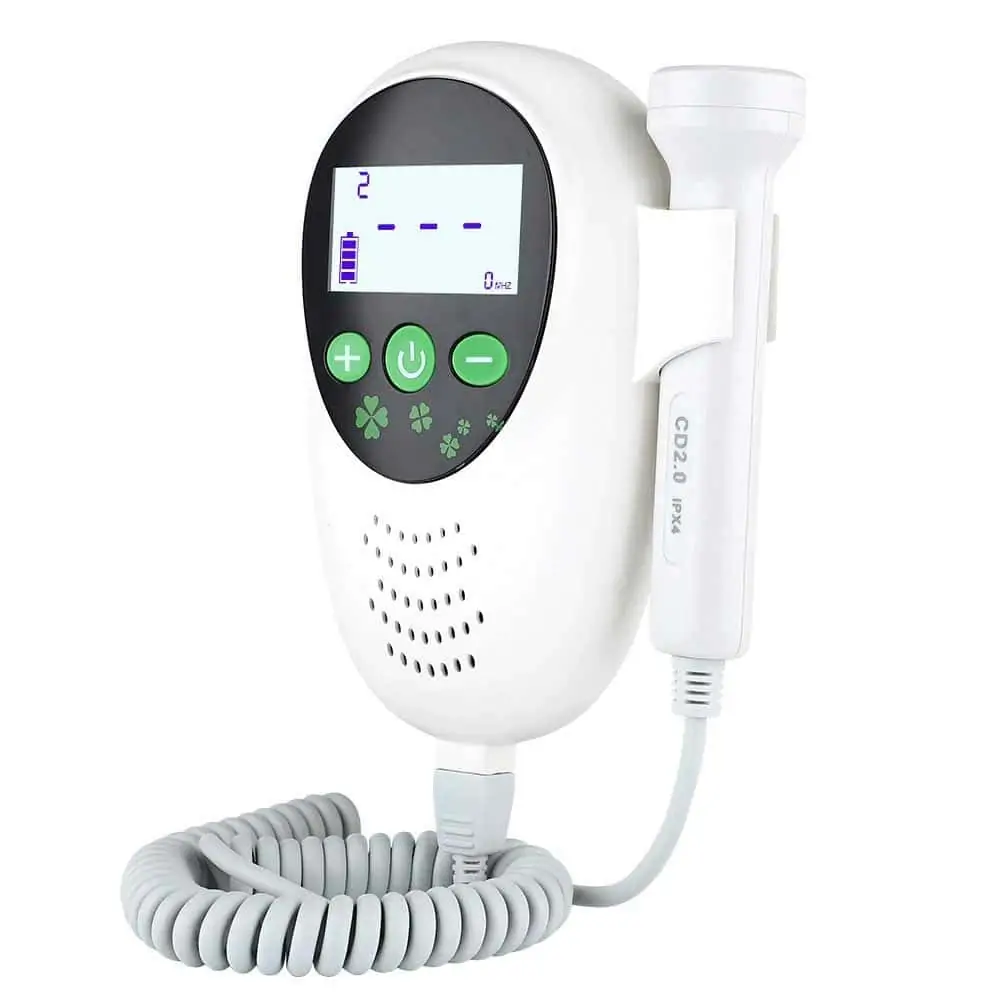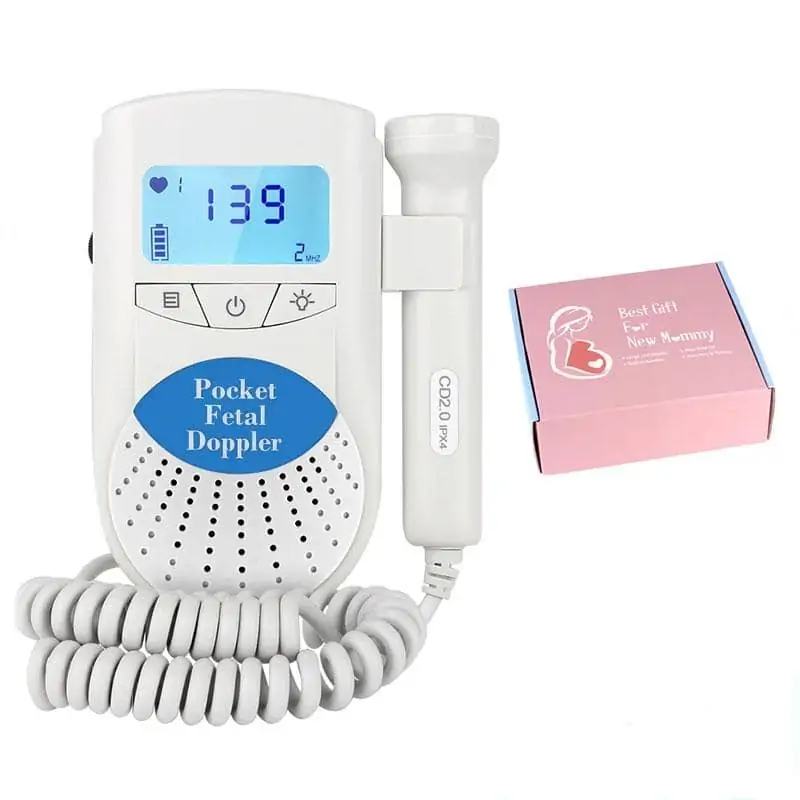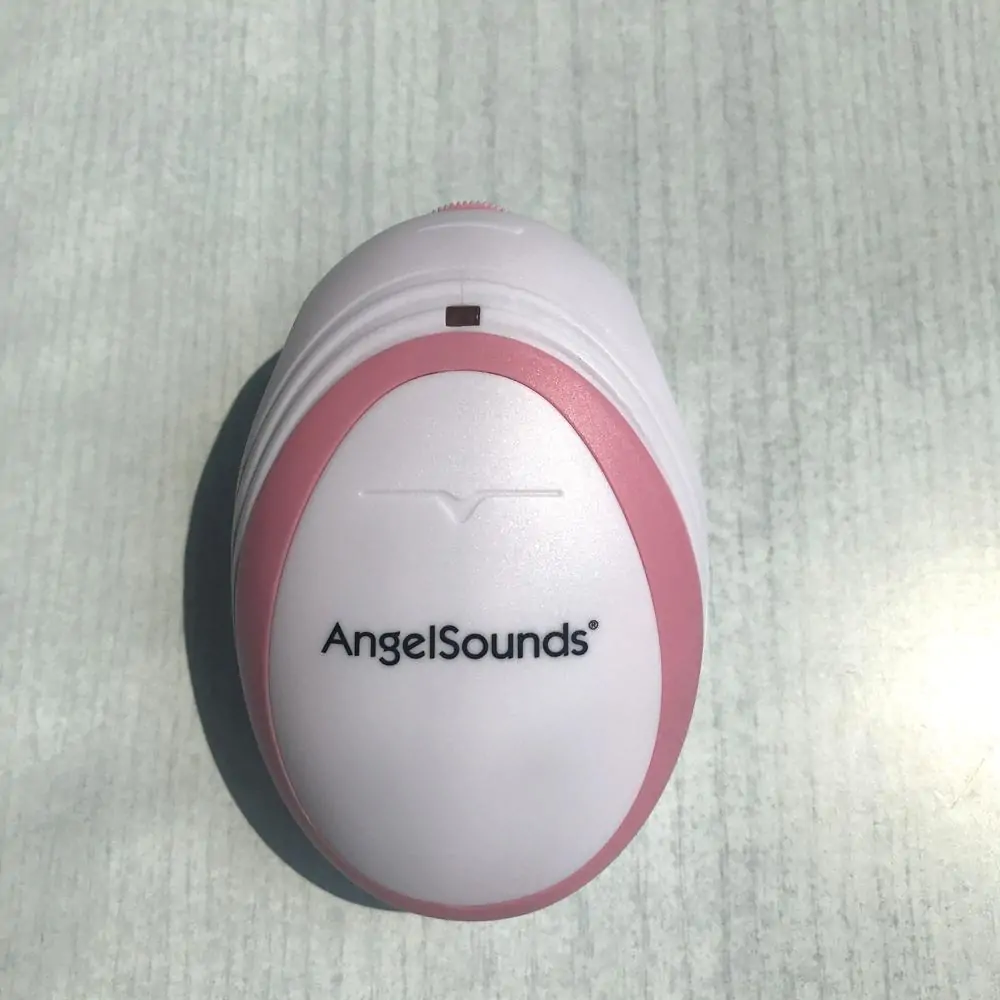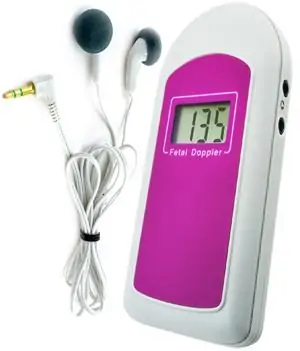Understanding Fetal Dopplers: The Essential Guide for Expectant Parents Leave a comment
Understanding Fetal Dopplers
Fetal Dopplers have become an essential tool for expectant parents, offering a way to monitor the baby’s heart rate during pregnancy. As technology advances, these handheld devices are gaining popularity for their ease of use and accessibility. In this comprehensive guide, we’ll explore what fetal dopplers are, their benefits, potential risks, and practical tips for use.
What is a Fetal Doppler?
A fetal doppler is a medical device that uses ultrasound technology to detect and amplify the sounds of a fetus’s heartbeat. It allows parents to listen to their baby’s heartbeat, providing reassurance and bonding experiences even before the birth. Fetal dopplers come in various forms, but the handheld versions are the most popular for home use.
How Does a Fetal Doppler Work?
Fetal dopplers work by emitting ultrasonic sound waves that bounce off the moving heart of the fetus. The device then receives these waves and converts them into audible sound,which is presented through speakers or headphones. This technology allows parents to hear their baby’s heartbeat as early as eight to twelve weeks into the pregnancy.
Benefits of Using a Fetal Doppler
Fetal dopplers offer several advantages for expectant parents.
-
- Peace of Mind: Hearing the baby’s heartbeat can considerably reduce anxiety and stress for parents.
-
- Bonding Experience: It provides a unique opportunity for both parents to connect with their unborn child.
-
- At-Home Monitoring: Parents can monitor the baby’s health from the comfort of their home, reducing the need for frequent doctor visits.
-
- Engagement with Healthcare: Parents can become more engaged in their prenatal care and health discussions with their healthcare provider.
Potential Risks and Considerations
While fetal dopplers can be beneficial, there are also some risks and considerations to keep in mind:
-
- Misinterpretation: Parents may misinterpret sounds or patterns, leading to needless worry or false reassurance.
-
- False Sense of Security: Regular home monitoring should not replace professional medical evaluations.
-
- Noise Exposure: Prolonged use may expose the fetus to unnecessary sound levels, which should be avoided.
How to Use a Fetal Doppler: Step-by-Step Guide
Using a fetal doppler is relatively simple. Follow these steps for a prosperous experience:
-
- Choose a Quiet Space: Find a tranquil habitat to minimize background noise.
-
- Apply Gel: Apply a generous amount of ultrasound gel on the transducer head to improve sound transmission.
-
- Positioning: Lay flat on your back or slightly tilted. Place the doppler on your lower abdomen, near the pubic bone.
-
- Move Slowly: Gently move the doppler wand around until you locate the fetal heartbeat.
-
- Listen. Once you hear the heartbeat, enjoy the moment! Keep the listening session brief, ideally less than 10 minutes.
Case Study: Real-Life Experience with Fetal Dopplers
Sarah,an expectant mother,began using a fetal doppler in her second trimester. Initially, she felt anxious about her baby’s health, as many frist-time moms do. However,once she heard her baby’s heartbeat for the first time,her stress levels significantly decreased. “It was so magical,” Sarah recalled. “Every time I heard that little rhythm, it reminded me of how real this journey was. It became a ritual for my partner and me.”
Practical Tips for Fetal Doppler use
Here are some essential tips to ensure a smooth experience while using a fetal doppler:
-
- Follow Instructions: Always read the manufacturer’s instructions before use.
-
- Consult Your Doctor: Discuss with your healthcare provider about monitoring frequency.
-
- Limit Use: use the doppler sparingly, typically once a week, to avoid any issues related to noise exposure.
-
- Stay Calm: If you can’t find the heartbeat, take a break and try again later, or consult your doctor.
Frequently Asked Questions
1. When can I start using a fetal doppler?
Most expectant parents can start using a fetal doppler around 10-12 weeks into their pregnancy, but this can vary depending on the specific model and your healthcare provider’s advice.
2. Can I hear the heartbeat every time?
Not necessarily. depending on the baby’s position and gestational age, you may not consistently hear the heartbeat, especially in early pregnancy.
3. Is it safe to use a fetal doppler at home?
Yes, when used according to instructions, fetal dopplers are generally safe; though, they should never replace regular prenatal care.
Conclusion
Fetal dopplers are a valuable tool for expectant parents, offering a way to connect with their unborn child and monitor their heartbeat conveniently. While they provide reassurance and enhance the bonding experience, it’s crucial to use them responsibly and not as a substitute for professional medical advice. By understanding their benefits, potential risks, and how to properly use a fetal doppler, parents can ensure a healthy and fulfilling pregnancy experience.







